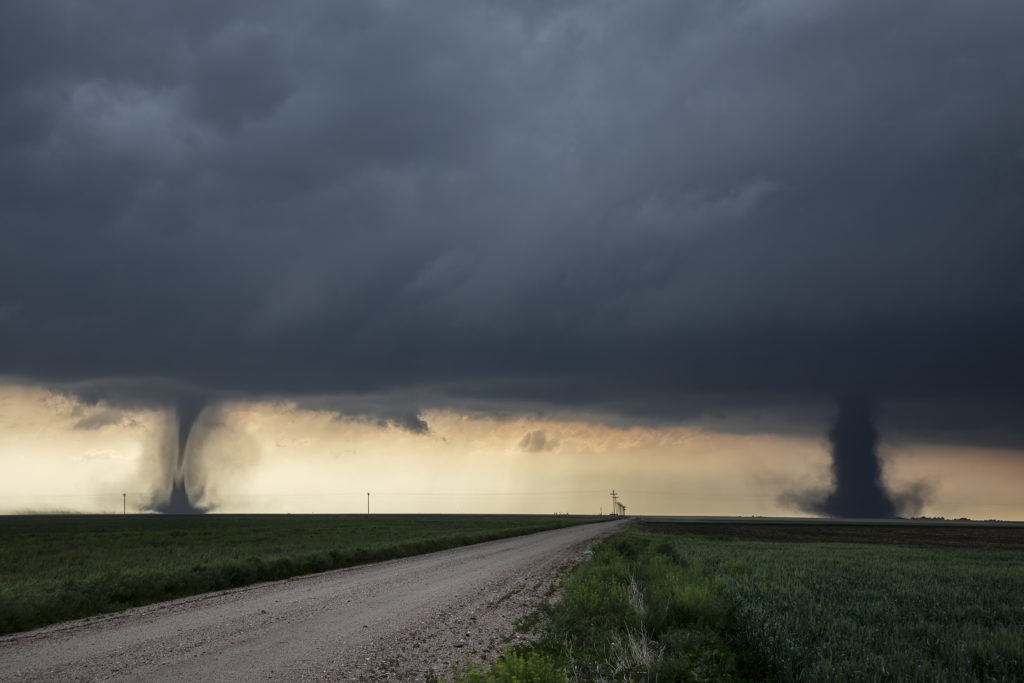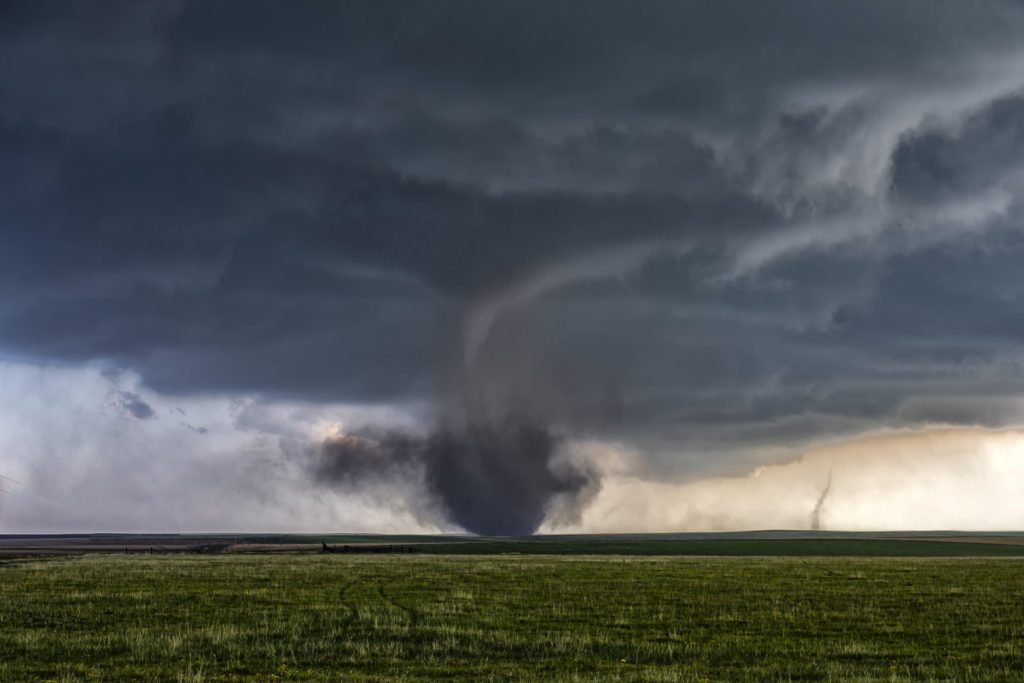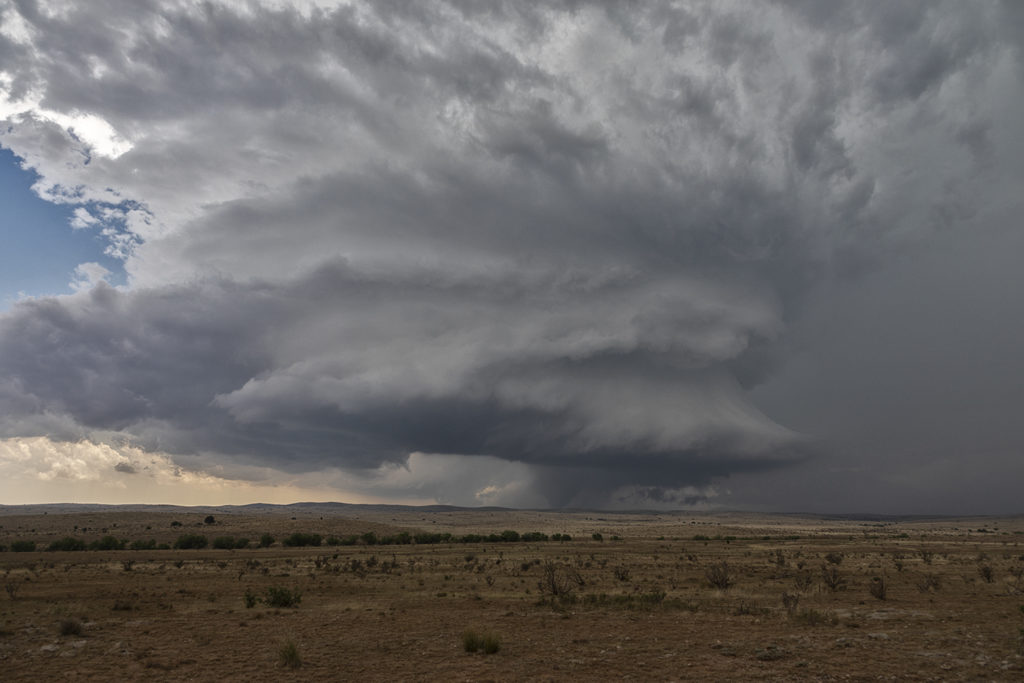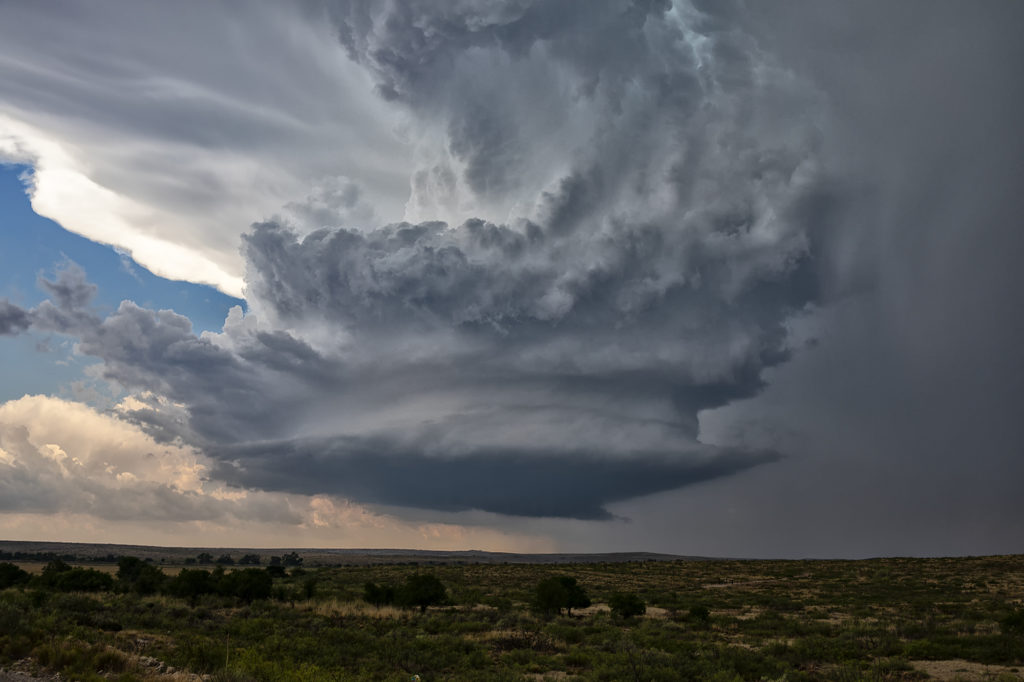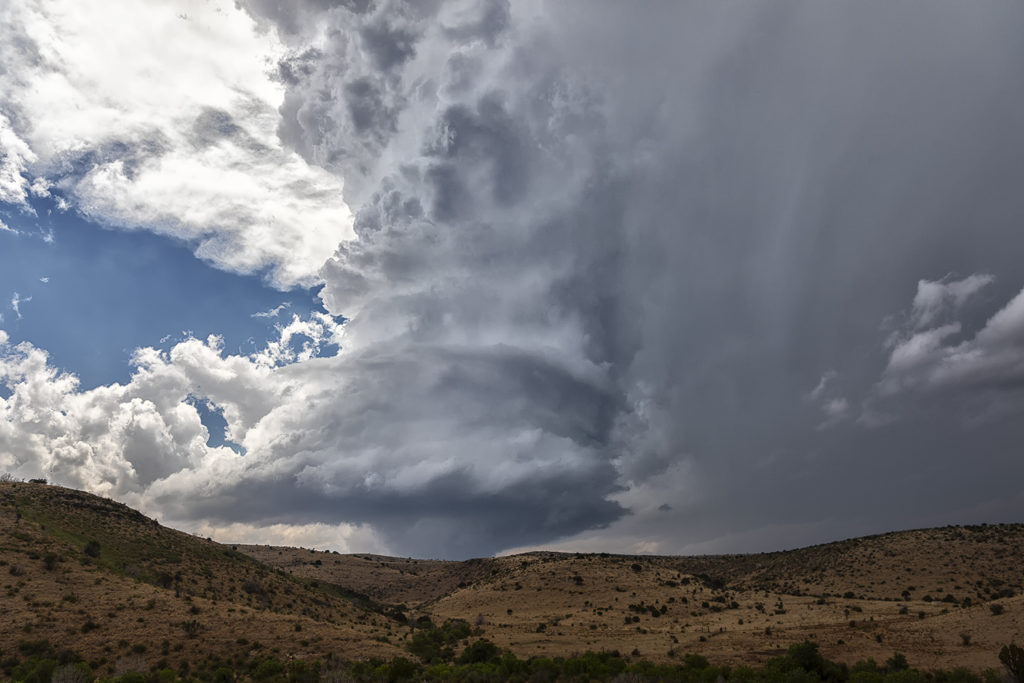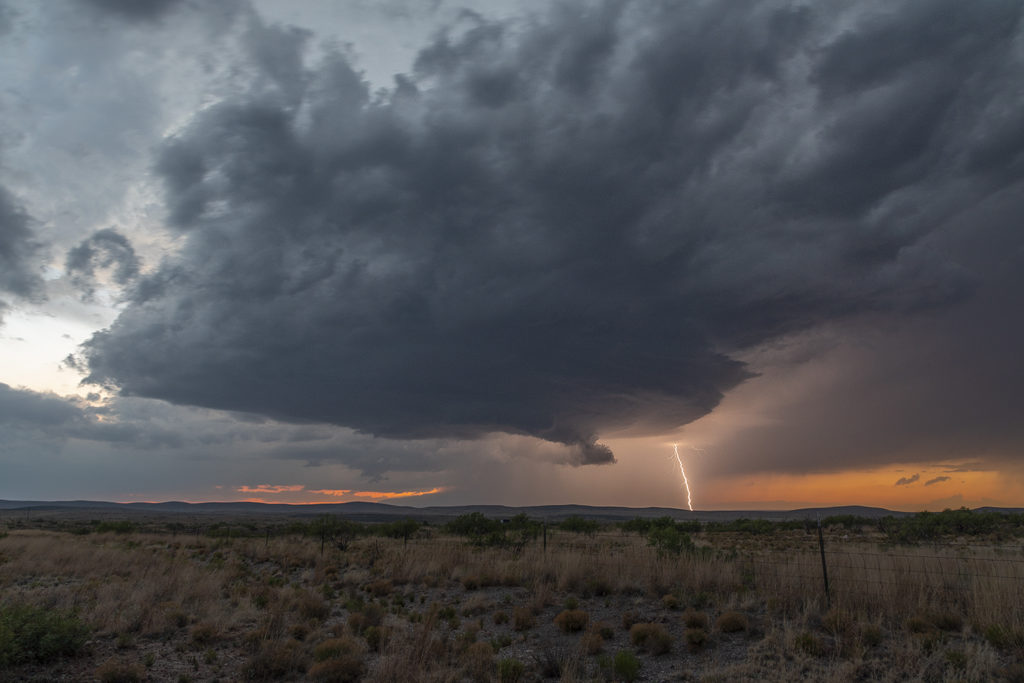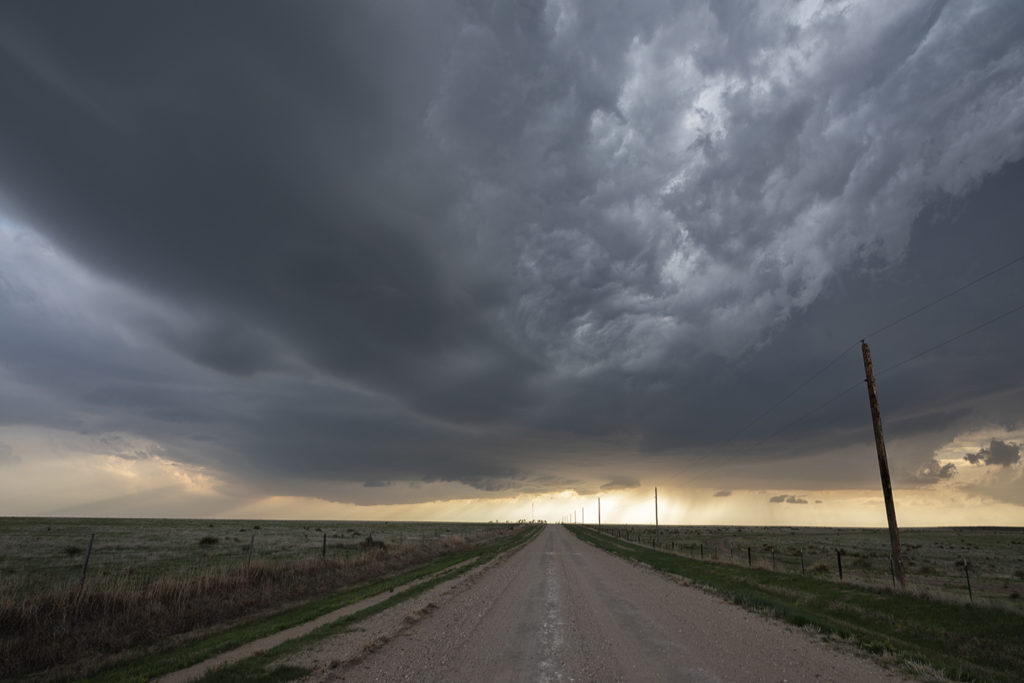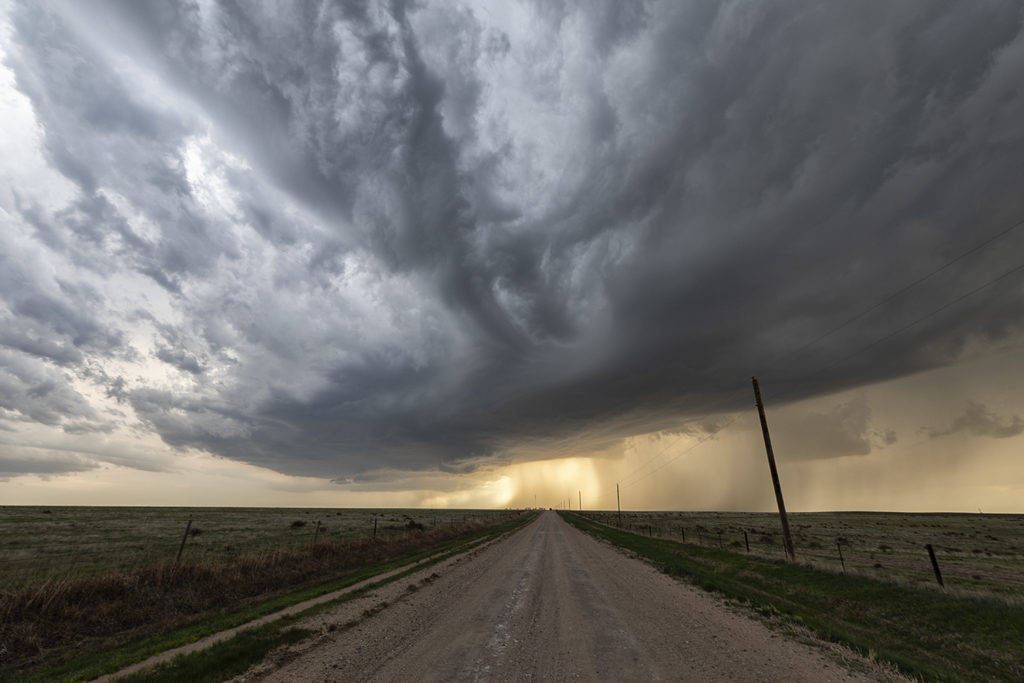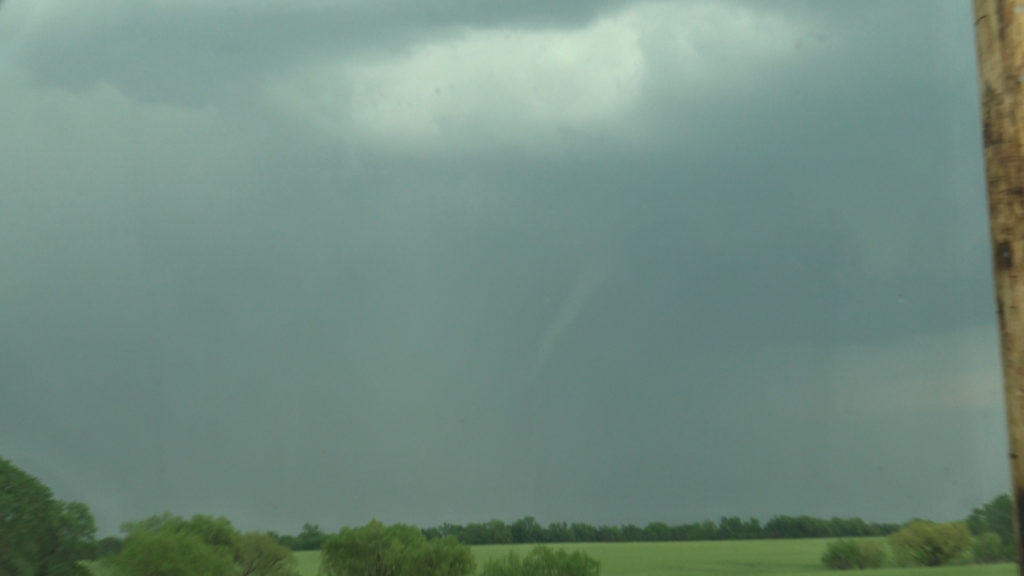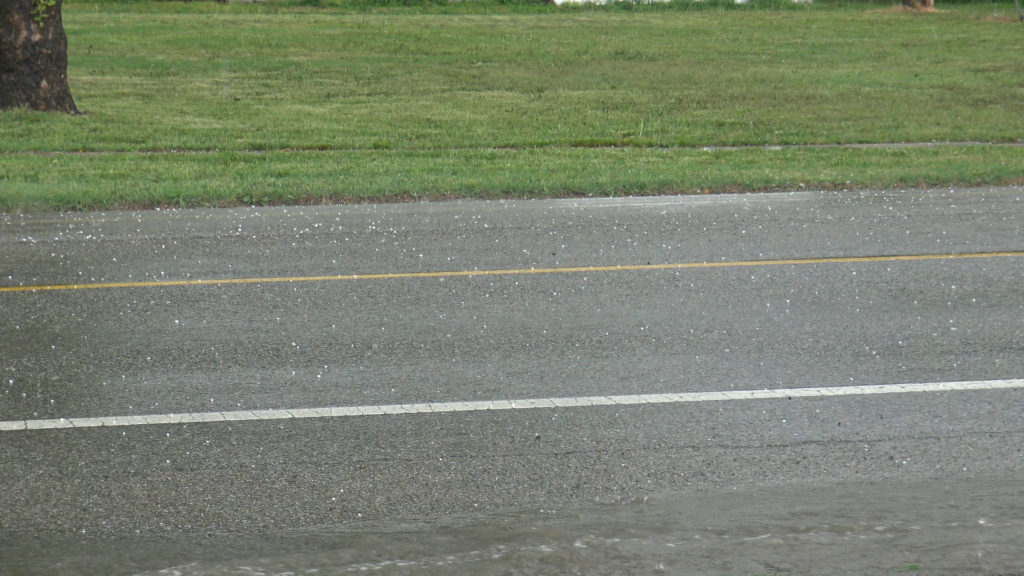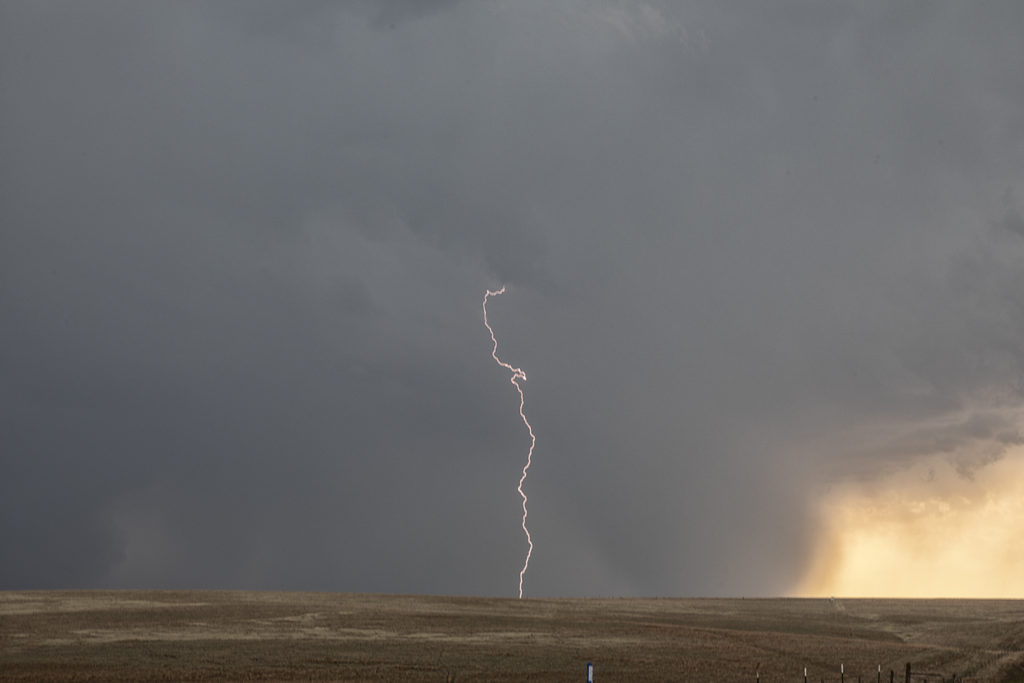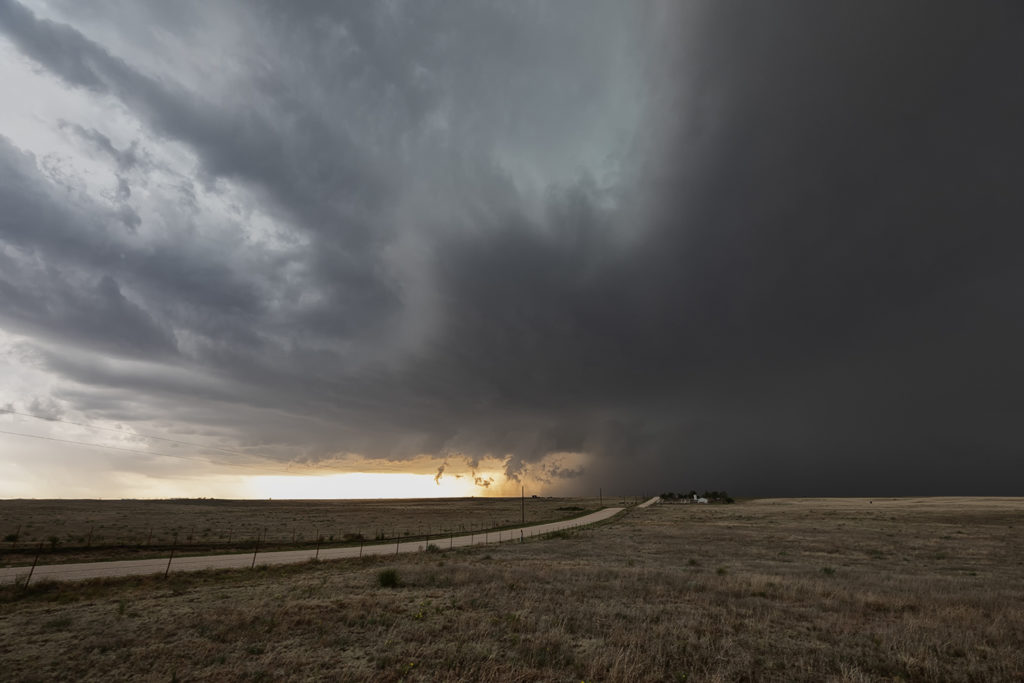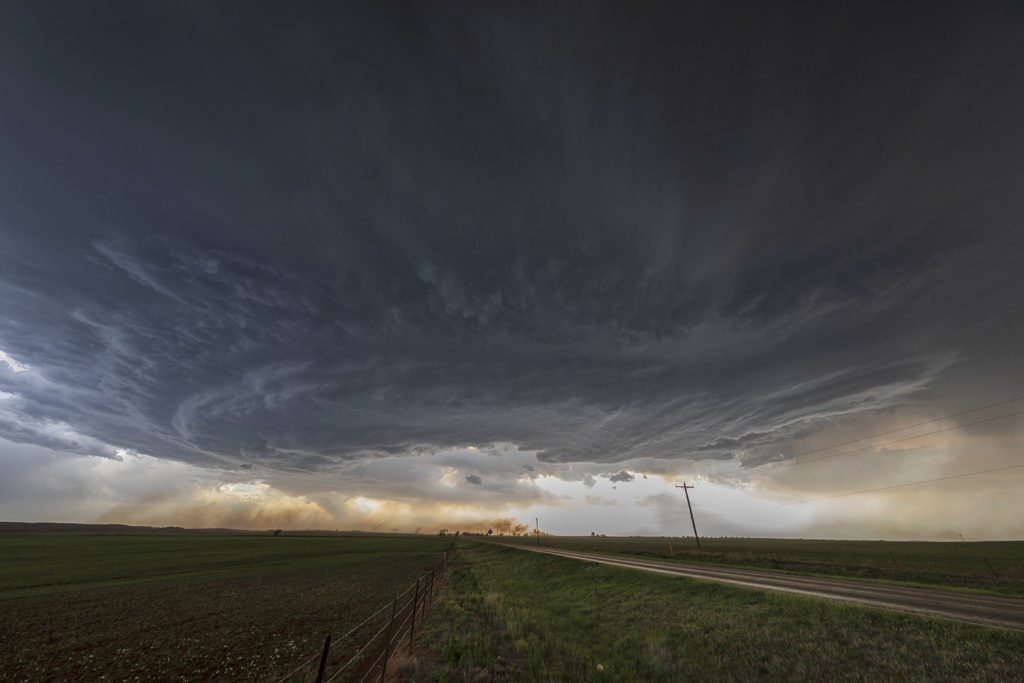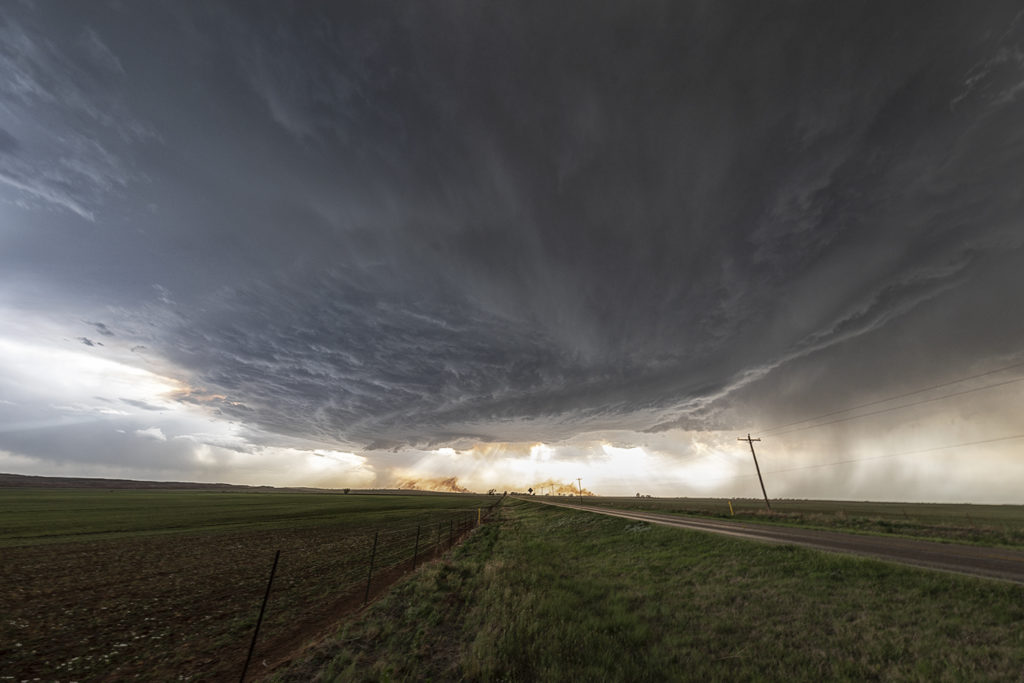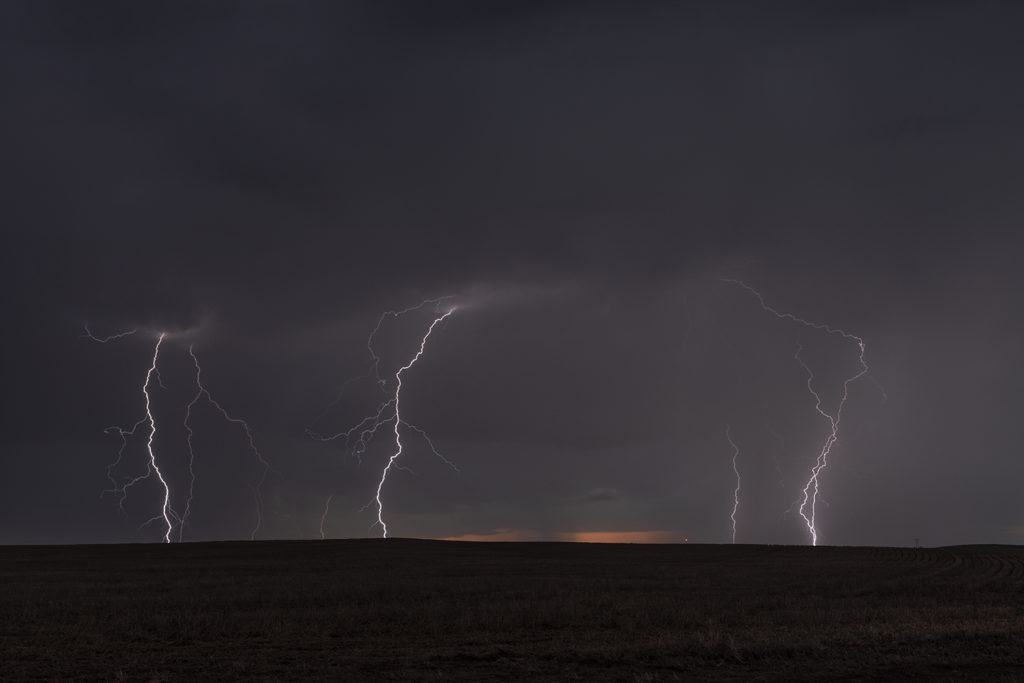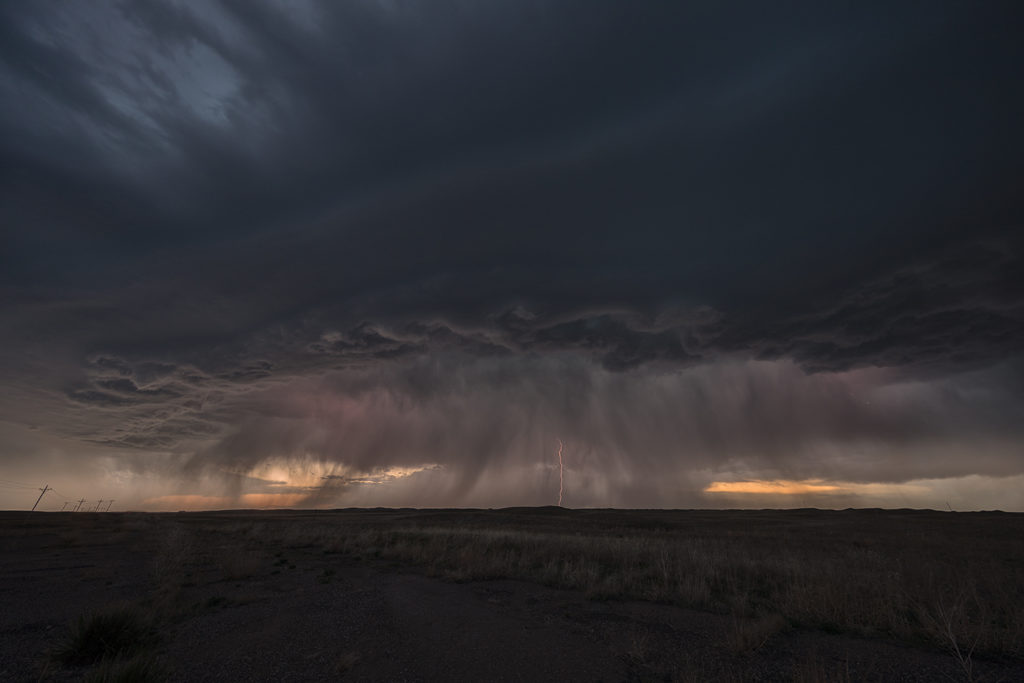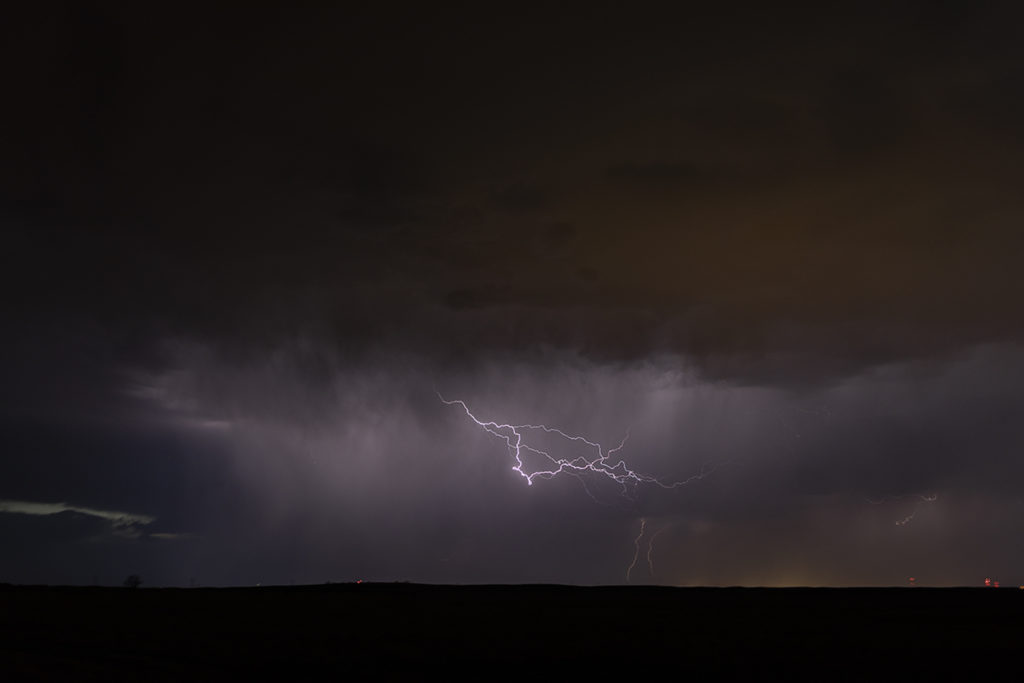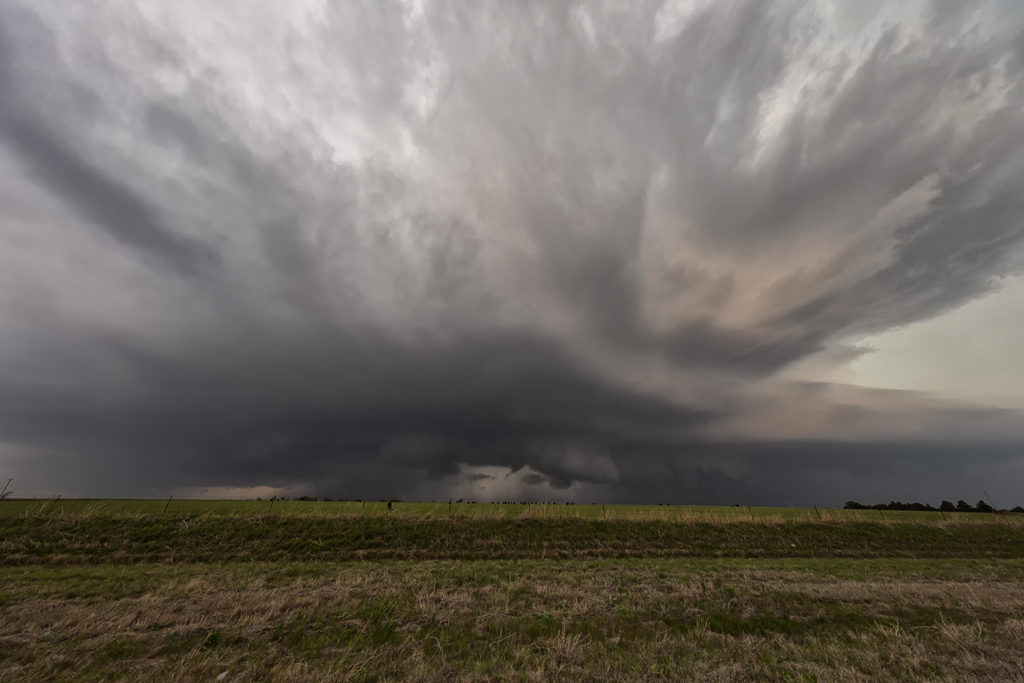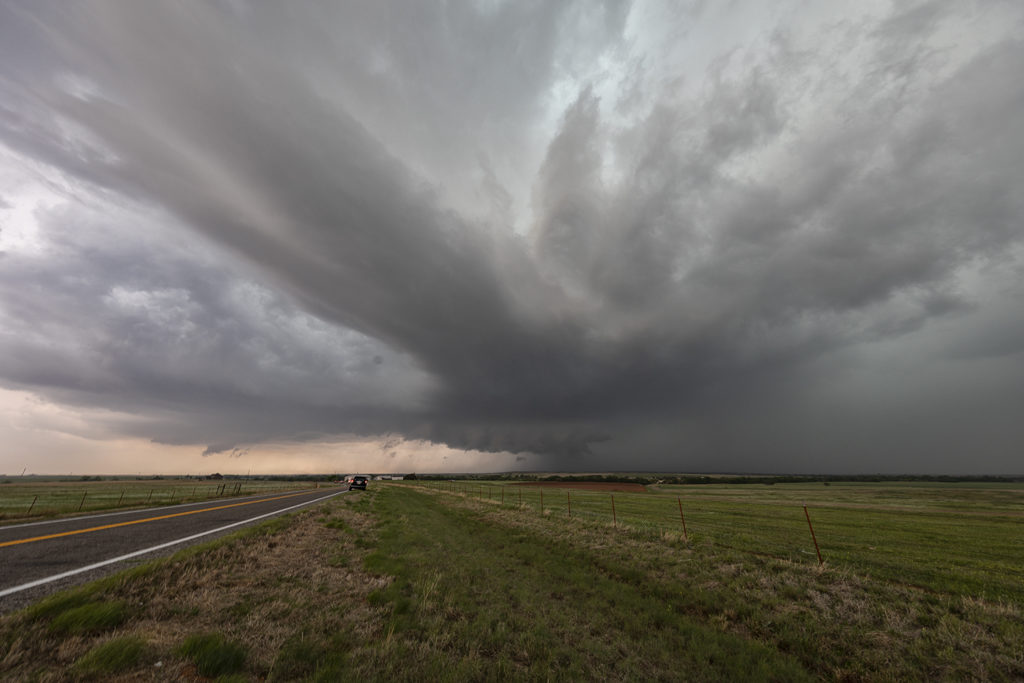May 28th had good potential. An outflow boundary laid across eastern Colorado from north of Seibert, Colorado to Colby, Kansas and points east. Great shear, instability, moisture and lift along the boundary, as well as the dryline extending south from Oakley, would allow numerous storms to form. A couple became tornado warned in far eastern Colorado. One particular supercell anchored itself north of Seibert along the boundary and became a tornado machine. We were on the scene early and watched as numerous tornadoes formed, with up to 3 on the ground at the same time (Total of 11!!). Several of the tornadoes were actually landspouts (nonsupercell tornadoes), however a couple certainly had mesocyclones and were therefore supercell tornadoes. It was an amazing sight for our guests to witness as we were able to get within a mile of a few tornadoes, and within a half mile of one stronger tornado! Please enjoy the photos from this amazing event!!!!!



